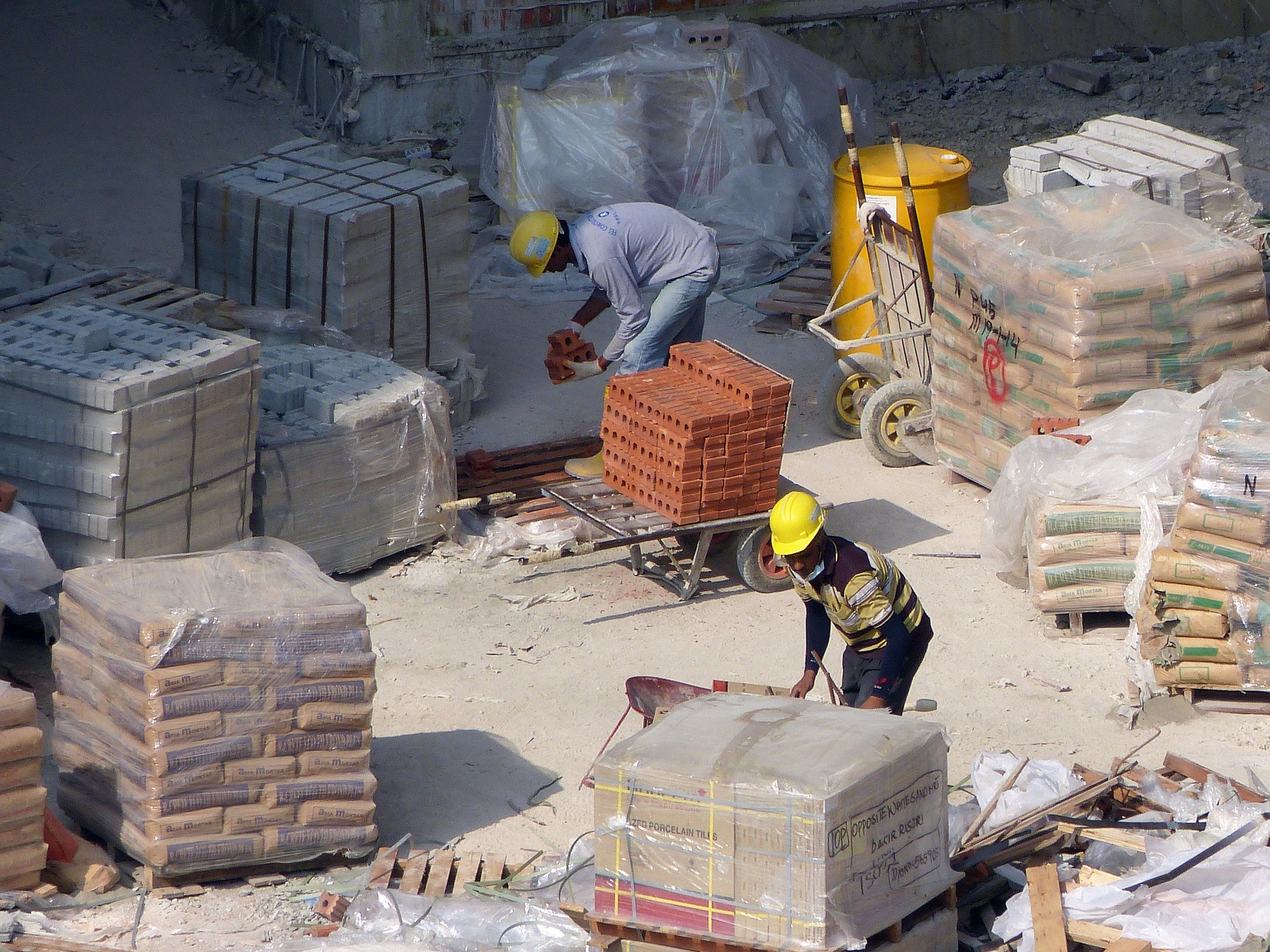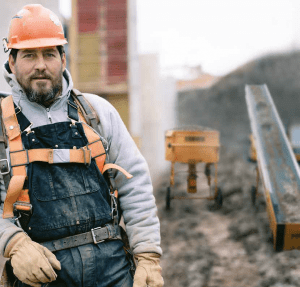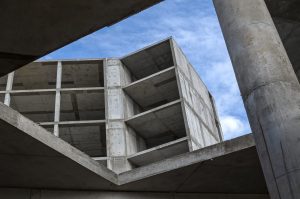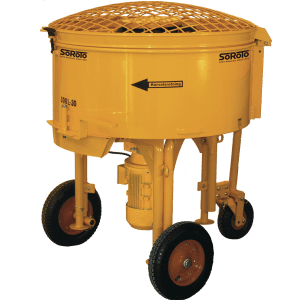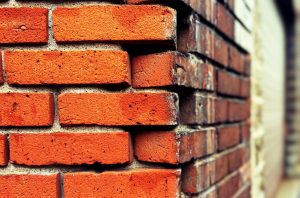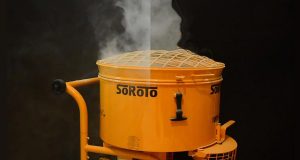a guide to mixing cement to make mortar or concrete
Cement is a material that can be utilised to bind other components together to make robust building materials – notably concrete and mortar.
Cement is a powder that is only used as part of other mixes. It is mostly composed of marl, clay and limestone. It is combined with sand and water in order to make mortar and by adding aggregates (e.g. stones and gravel) to make concrete.
This blog post takes a look at how to make mortar and concrete in five simple steps.
A guide to concrete and mortar
The ability to mix concrete and mortar are essential skills for any DIYer.
Concrete is used in many places around the home, for laying a firm sub-floor or a base for paving, whilst mortar is the most important bit in any wall.
Both concrete and mortar are made with a mix of sand and cement. Concrete is made with coarse aggregates (small stones) for extra strength.
What is concrete?
Concrete is the most commonly used building material in the world.
It is a composite construction material made from several different components. It features a mix of water, cement, sand and aggregate in the form of small stones or crushed rocks.
Concrete can be used for a large number of applications. The most common mix for most DIY projects is 1:2:3 (i.e. 1 part cement, 2 parts sand and 3 parts aggregate).
The materials for mixing concrete
Concrete always contains water, cement, sand and aggregates. It can also contain other additives, either chemical or mineral additives.
Cement: This is the key to making concrete as it reacts chemically with water which binds the mix together. Cement is made from a combination of calcium, silicon and aluminium oxides. It is highly caustic and wet cement.
Sand: This acts as a fine aggregate in concrete and forms the bulk of the mix. In certain circumstances, it can also be replaced with crushed glass.
Coarse Aggregate: This will be natural gravel or crushed stone. It features recycled aggregates from construction or demolition. The coarse aggregate makes the resulting concrete much stronger.
Water: Without this concrete would just be a pile of stones and dust. This is the element that causes the cement to react and solidify. The amount of water added will greatly affect the final result. To make a more free-flowing concrete add more water. For a stronger, more durable final product add less water.
5 steps for mixing concrete
Using a forced action mixer with rubber blades, concrete can be mixed in five simple steps.
Step 1: Prepare your forced action mixer with rubber blades. The mixer is light and compact enough to moved by one person to where it is needed.
Step 2: Add the amount of water recommended for the mix into the mixer.
Step 3: Add the dry material to the mixer on a slow setting to avoid creating too much dust.
Step 4: Start the mixer and allow it to turn for several minutes until the concrete is thoroughly mixed.
Step 5: Pour the contents out of the mixer and into a wheelbarrow or other container. Ensure the mixer is cleaned after use to prevent the concrete from hardening inside.
What is mortar?
Mortar is a mixture of sand and cement (and can also include lime) that is used to bond brickwork and clockwork together to form walls and other structures.
It is a paste mixture that is distinct from concrete mixtures based on it having a higher water to cement ratio compared with the concrete mix ratio. While mortar lacks the strength of concrete, it has value in the construction as the glue that holds masonry units together.
The materials for mixing mortar
Various materials may feature in mortar.
Frost Proofers: These chemicals are designed to protect mortar from freezing temperatures.
Accelerators: These are used to speed up the hardening of cement.
Colour Additives: Colourants are applied to mortar to achieve a specific colour.
Cement: Cement consists of elements such as aluminium, iron and silicon.
Sharp Sand: Sharp sand has a larger grain size than most sands. It tends to be used when an aspect of construction needs more flexibility and strength.
Soft Sand: This is more common in mortar than sharp sand. It is a gritty sand type consisting of small grains.
Plasterers’ Sand: This sand lacks the coarseness of sharp sand while not being as fine as soft sand.
Plasticiser: This is a liquid used to reduce water content in mortars while improving the workability and adhesion of the mixture.
Lime: This is added to the mixture to form mortars such as non-hydraulic lime mortar and hydraulic lime mortar.
5 steps for mixing mortar
It is important to wear eye protection and waterproof gloves.
Step 1: Start by measuring the recommended water amount for the number of bags to be added to the mixer and pour half of the water into the mixer.
Step 2: Add the dry mix into the forced action mixer. Allow the mortar to mix for about a minute, then add the remaining water if it is needed.
Step 3: Continue to mix for 3-5 minutes, until a uniform, workable consistency is achieved.
Step 4: Let the mortar sit undisturbed for about 3-5 minutes to allow fine aggregate in the mix to fully saturate.
Step 5: Test the consistency of the mortar by gently “snapping” the trowel downward to remove any excess mortar. The proper consistency is achieved when the wet mortar will hang on a trowel held at a 90 degree angle.
Conclusion
Cement is a crucial material used in the making of concrete and mortar.
Concrete is used in many places around the home, for example to lay a firm sub-base. Mortar is the most important bit in any wall.
However, both mortar and concrete have similarities – both are manufactured using a forced action mixer.
The SoRoTo 40L is designed to be a super portable mixer for contractors who need a small but mighty machine. Mortar can be mixed exactly where it is needed due to the 40L being narrow, light and able to fit through standard doorways and up stairs.
The SoRoTo 80L is designed for contractors who are carrying out larger repairs or constructing new buildings.
The 100L is our most popular mixer and allows for mixing larger amounts, up to 240kg.
The 300L is our largest forced action mixer. It is equipped with three detachable, robust wheels and an adjustable pole making it easy to transport around building sites.
Read the benefits of a portable forced action mixer here.
To find out more about our range of forced action mixers, call 01246 418144, speak to us on webchat or email us here.

